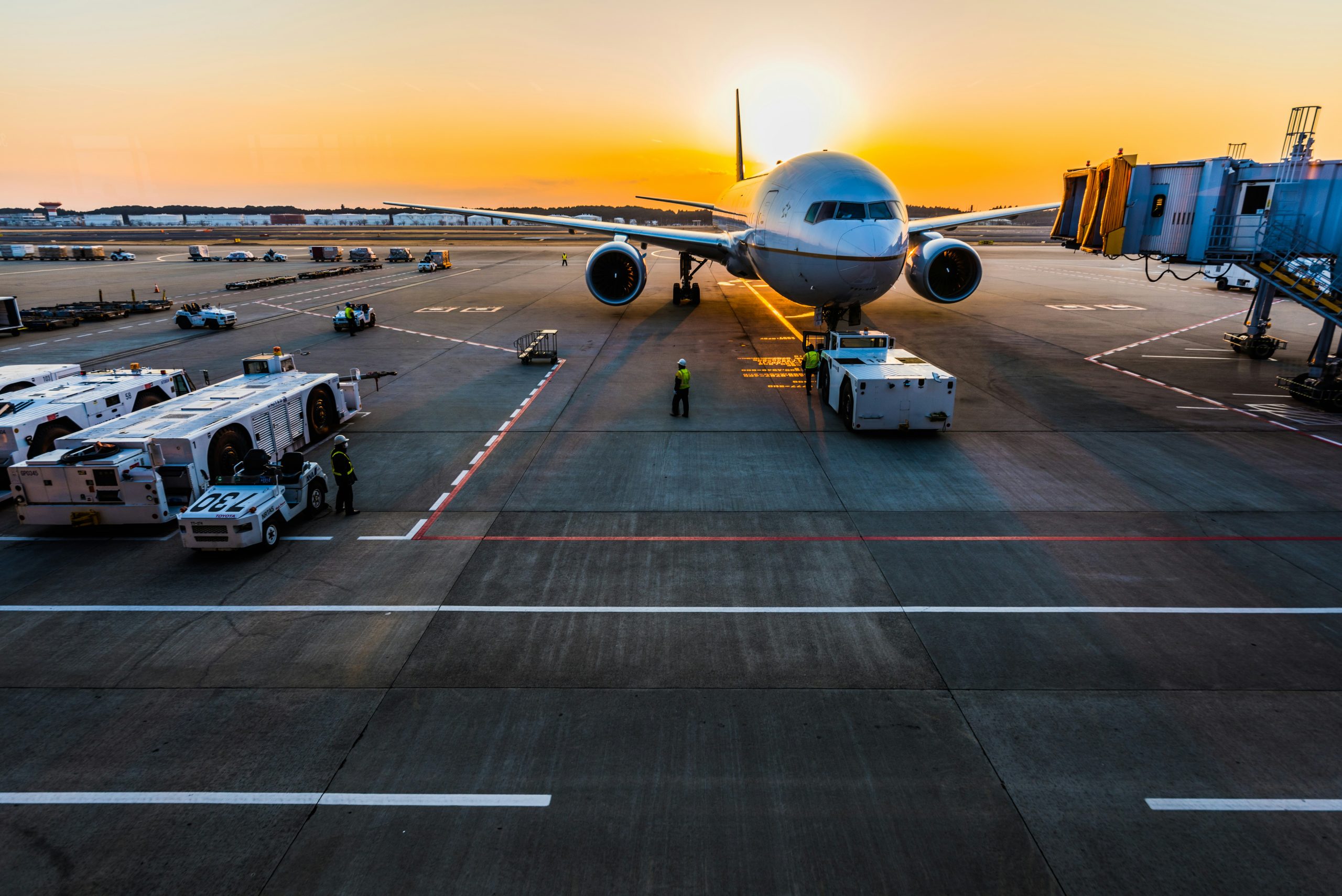A “suspicious luggage item” triggered the security incident that caused the temporary closure of Terminal 2 at Dublin Airport. While initial, and incorrect, media reports suggested an arrest had been made with suspected detonators, police clarified that a bomb disposal team was called, the luggage was declared safe, and no arrests were made. This incident was separate from the Europe-wide software issue also affecting some of the airport’s operations.
The fact that the airport was battling two distinct crises at once—one a physical scare and the other a cyberattack—speaks to a frightening new reality for international travel. It’s no longer enough for airports to be on guard against bombs; they must now be on the front lines of an ever-evolving cyberwarfare landscape. This is a wake-up call, and we’d be foolish to ignore it.

Why It Matters
The fact that a single technical glitch or cyberattack can bring major European airports to a crawl, forcing manual check-ins and creating chaos, shows just how fragile our air travel infrastructure truly is. This is a problem of systemic over-reliance. We’ve built an entire industry on a digital house of cards, where a single attack on a third-party service provider can have ripple effects that strand thousands of passengers.
A cyberattack on critical infrastructure like airports is a legitimate threat to both public safety and global commerce. The Dublin incident, while thankfully resolved quickly, exposed a critical weakness that must be addressed with urgency.

















